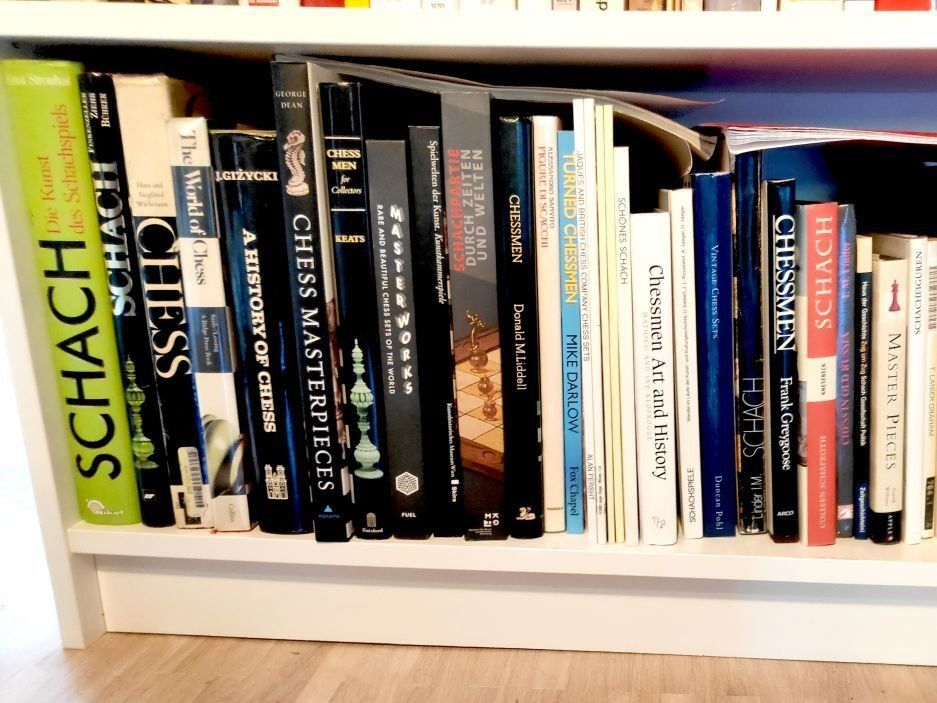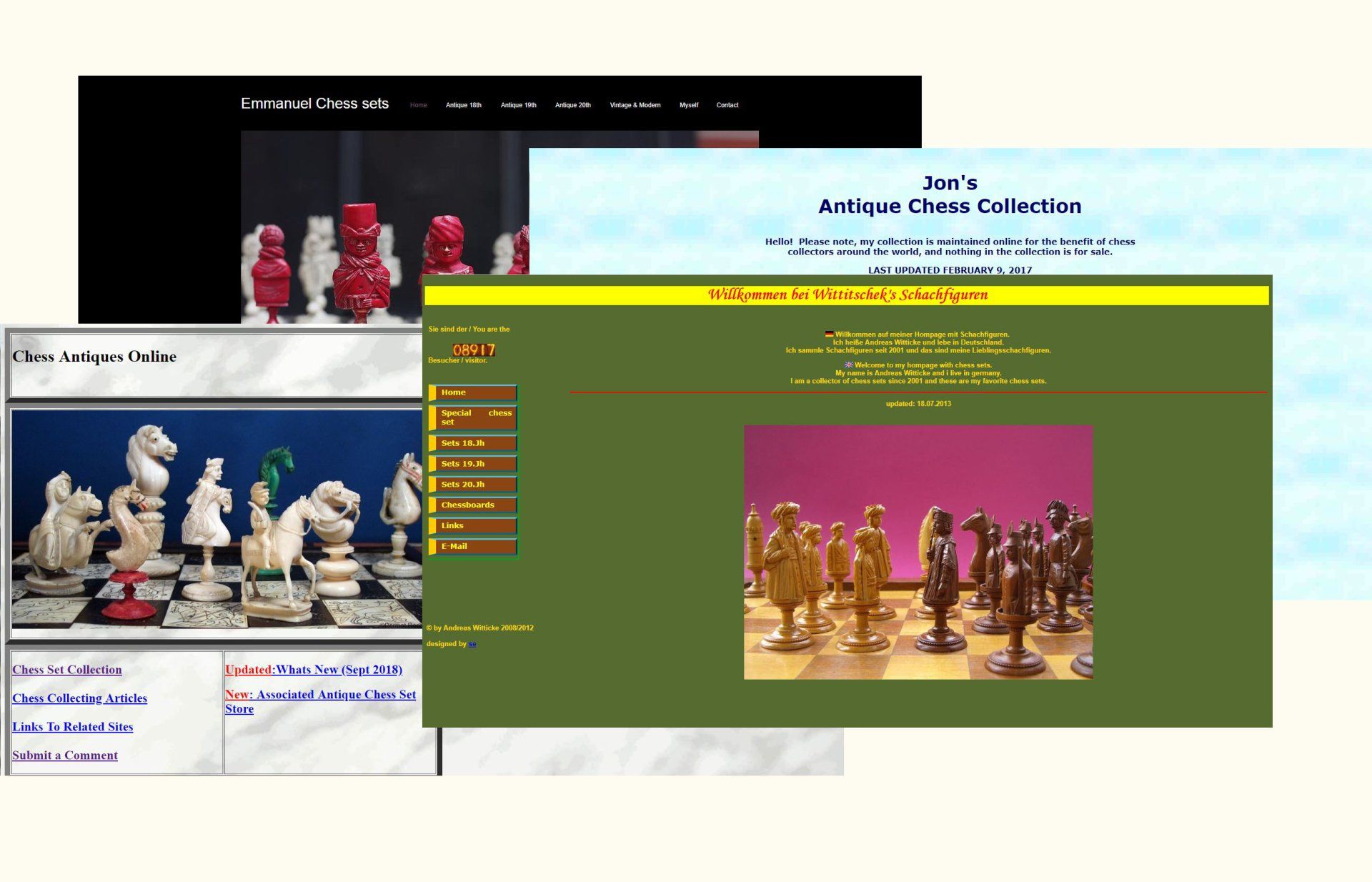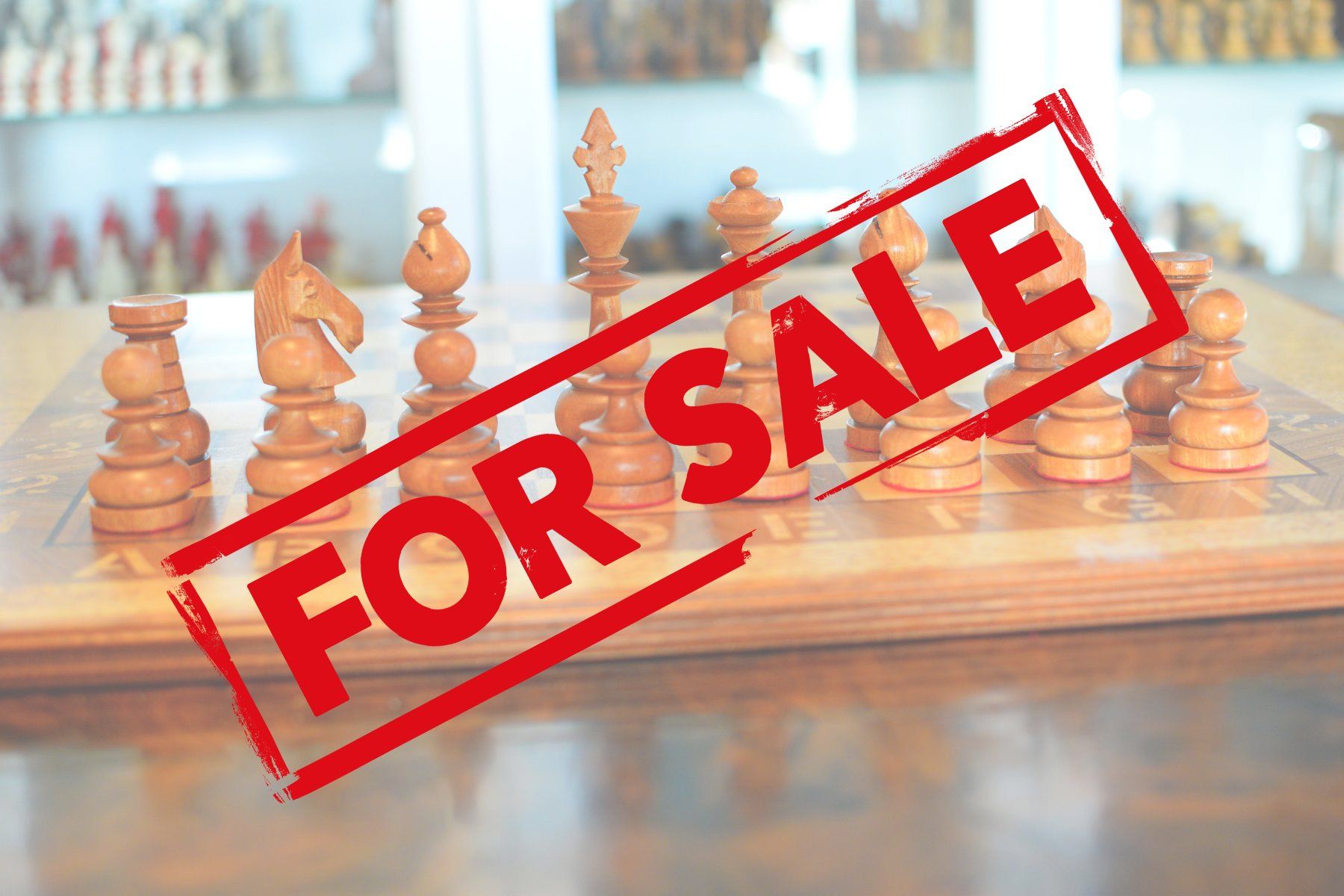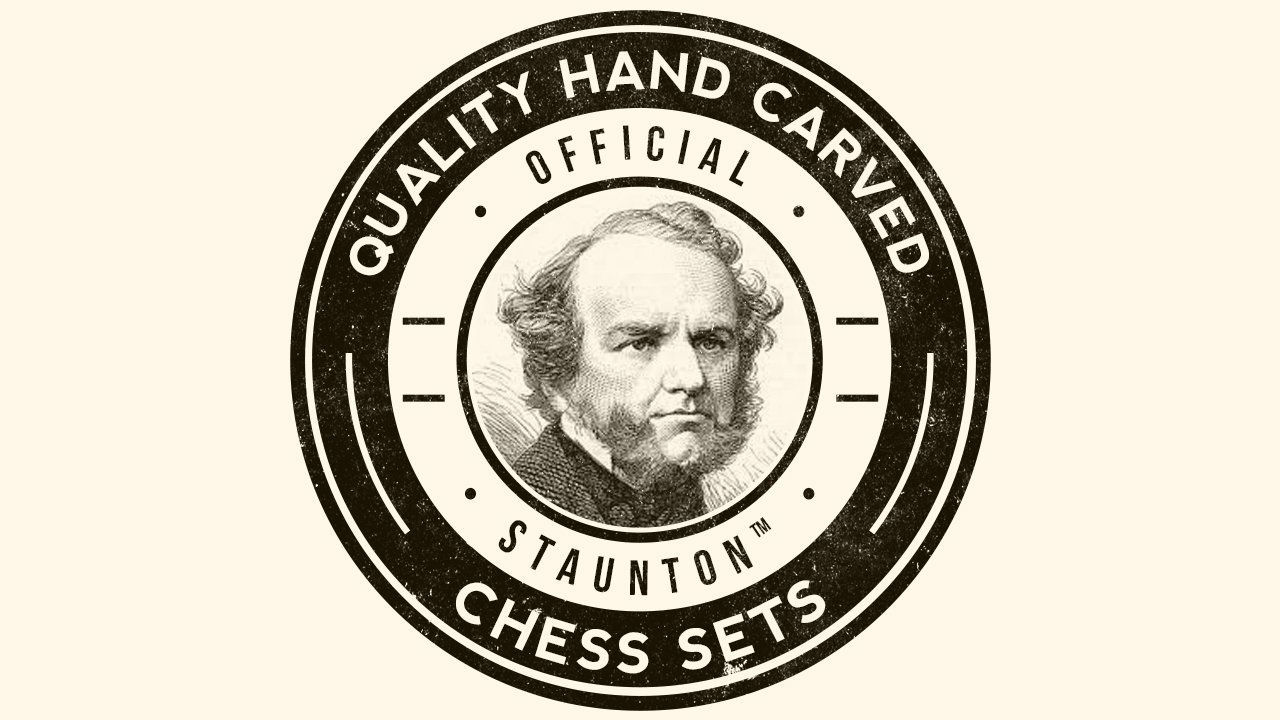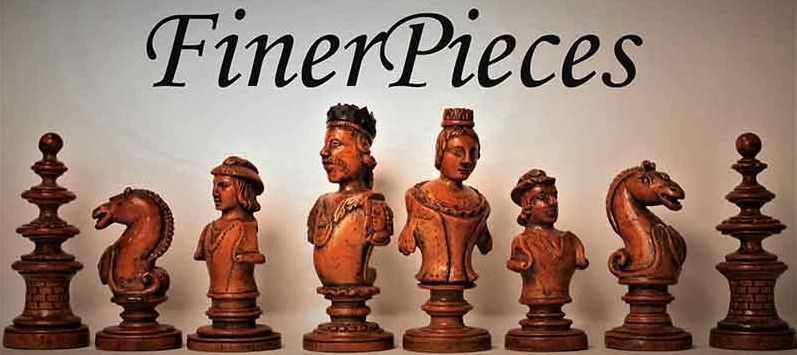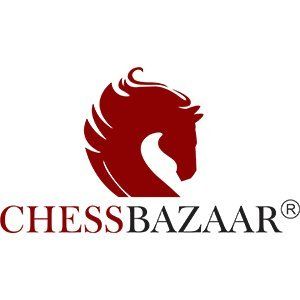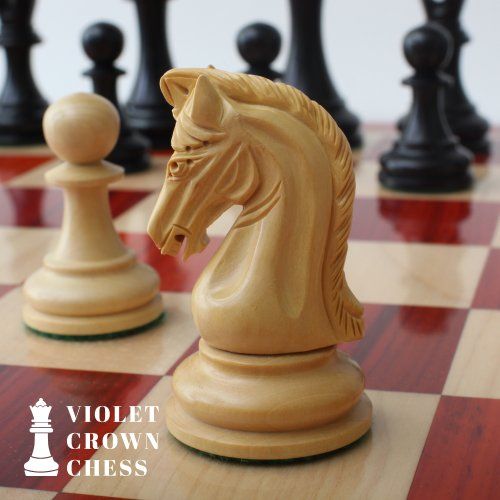The British Chess Company Staunton Chessmen, England, ca. 1895
Staunton chessmen by the British Chess Company (BCC) made of ebony and boxwood. King size is 3.6", which is somewhere in between size 3 (3 3/4" according to the BCC classification) and size 4 (3 3/8" according to the BCC classification). All pieces, with the exception of a replacement pawn, with loaded bases and green felts.
When the BCC entered the market in December 1891 they started off with two types of chess sets, the Royal Chessmen and the Imperial Chessmen, the latter of which they also called a set of "Staunton Improved" chessmen. Their (quite bold) claim was that the original design for the Staunton chessmen "by some oversight" had some design failures, inter alia the "distinctly different character [of the Pawn] from that of the Pieces, giving the impression that the Pawn belongs to one set, and the Pieces to another" and also "the clumsy cart-horse like head adopted in the old Staunton pattern" (Lyons/Deasey, The British Chess Company - Stroud and London, p. 15). The publication of BCC's second price list, "The Materials of War", in September 1893 then signalled the arrival of the BCC Staunton Chessmen, replacing the Imperial chessmen (Lyons/Deasey, ibid).
The set comes with the infamous Lizard knights, which were believed to have been introduced in 1893. The base of the knights is turned of wood, the heads are made of xylonite, a type of celluloid nitrate and, thus, an early form of plastic. The sharper rims on the kings and the broad, rounded bishops' heads indicate a later production date. My assumption is that this set was probably produced around 1895.



